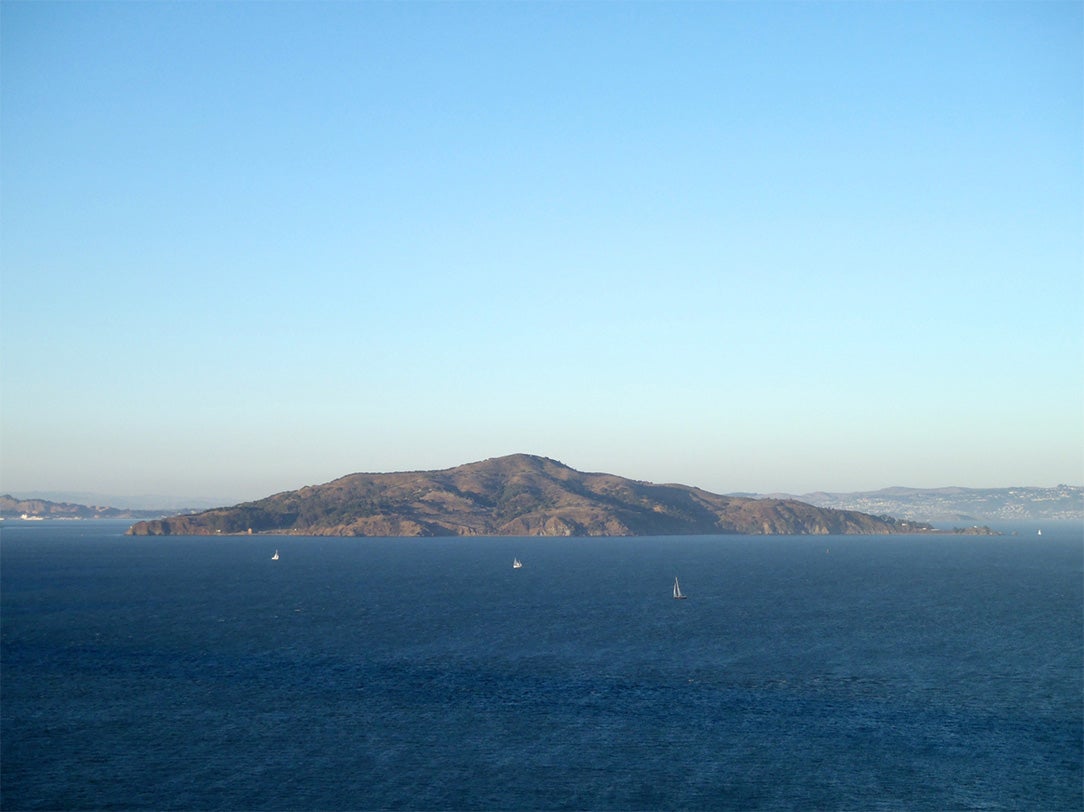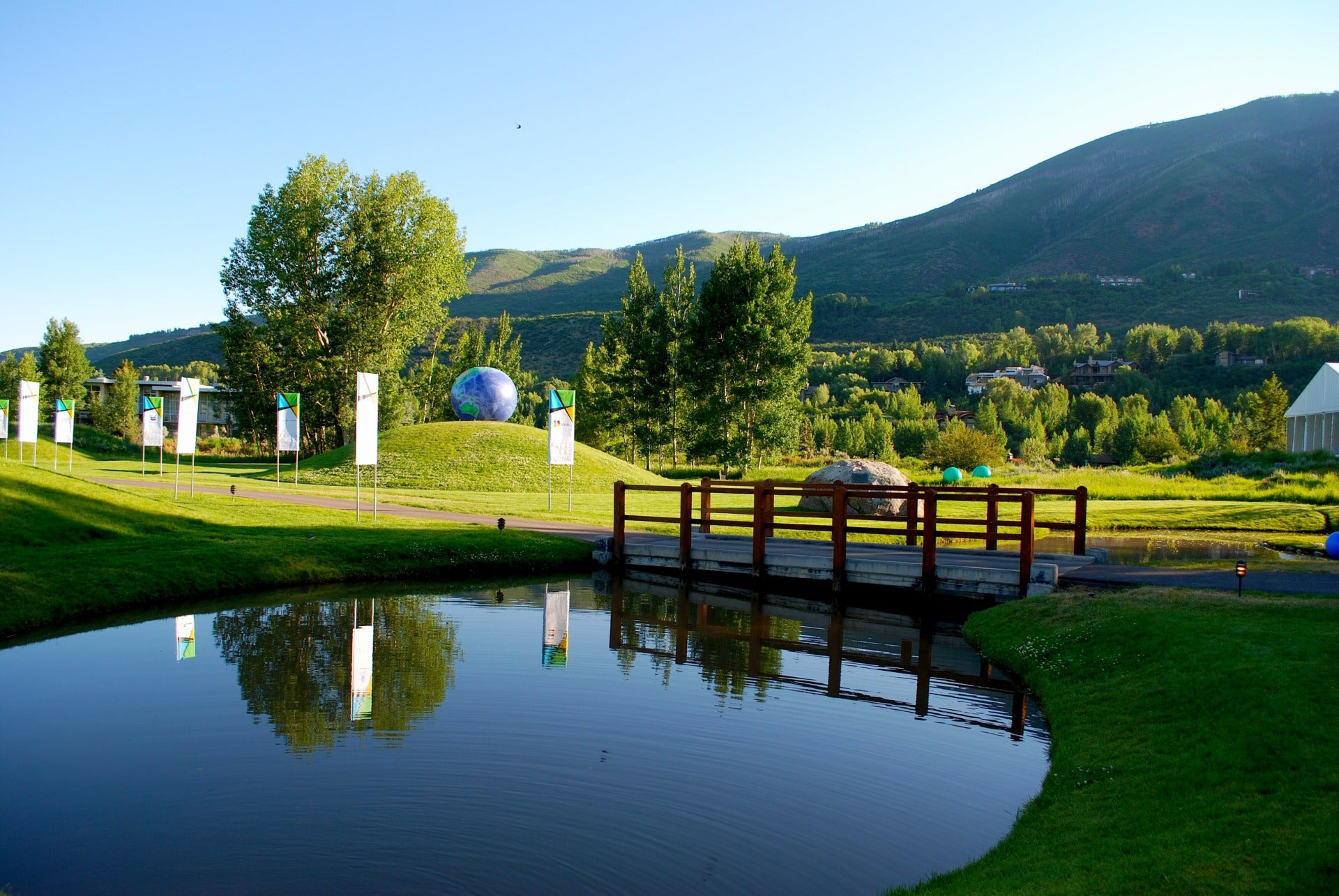More than ever, Americans are separating into groups with their own worldviews, their own sources, and their own facts. We have lost sight of the vital connection between the symbols, texts, sounds, places, ideas and artifacts that make up the fabric of this nation and the present. We think building a foundation of common knowledge is an antidote to this trend. That’s why the Aspen Institute Citizenship & American Identity Program created What Every American Should Know, an initiative that asks Americans to answer the question: “What do you think Americans should know to be civically and culturally literate?” This series of blogs highlights key terms submitted as responses to that question, explores the context of those terms, and connects history to modern day.
Last year marked the 200th anniversary of the building of the Erie Canal. This historical note serves as an important reminder of the power of democracy — the canal came to fruition not because of a visionary industrialist, but due to citizens acting through their government. It proved that government can meet the challenges of financing, planning, and building an audacious public works project. It made New York a financial capital and altered the landscape of American infrastructure, setting the standard for the construction of the interstate highway system, the Hoover Dam, and thousands more that benefit businesses and citizens alike.
For those involved, like bankrupt businessman Jesse Hawley, New York mayor-turned-governor DeWitt Clinton, and “father of American engineering” Benjamin Wright, the challenge of building the canal was undertaken for the public prosperity of their generation and the next. And it truly was a challenge. Every inch of the canal had to be dug by hand — 40 feet wide, 4 feet deep — for 363 miles, the longest in the world at the time. It would cross a vast wilderness of dense forests, swamps, and hundreds of other geologic obstacles. In fact, when first presented with a proposal to build a canal between Lake Erie and the Hudson River, President Thomas Jefferson responded with skepticism, calling the idea “little short of madness.” The resolve of the American people would prove him wrong.
In 1807, Jesse Hawley was in debtor’s prison. He couldn’t get his flour to market due to the poor roads and almost nonexistent transportation in western New York — conditions a canal from Lake Erie to the Hudson River would solve. Using the alias Hercules, he spent his 20-month sentence writing a series of essays making a scientific, financial, and political case for such a canal, down to estimating its cost per mile. (How Hawley did his research while in jail remains a mystery.) He concluded that a massive project like this would require the resources of the state, not private capital.
These essays reached the desk of New York City Mayor DeWitt Clinton, the canal idea’s biggest booster. Clinton used Hawley’s research to push the state legislature to invest in the project and mobilized voters with one of the first public relations campaigns to shape government policy. In 1815 he published the New York Memorial, a 13-page treatise in support of the canal, which generated numerous citizen petitions to the legislature. The effort was successful, and work began on the canal on July 4, 1817 — just days after Clinton was sworn in as governor of New York.
The canal had to be built by amateurs, as there were no civil engineering schools. Benjamin Wright, who spent most of his career as a surveyor, county judge, and state assemblyman, acquired his skills as its chief engineer. Other men like him — teachers, store clerks, and soldiers — became leading engineers. Ingenuity and learning on the job became a signature of the project, which came to be known as the “Erie Canal School of Engineering.”
The canal was finally completed in 1825. It had 83 locks and 18 aqueducts to carry goods across rivers and valleys. It was so successful that New York continued to enlarge the canal — among the additions was the Schoharie Aqueduct in 1839, which improved navigation across a flood-prone river. It stands today as a tribute to the engineering skills of the builders, with its remaining handful of stone arches preserved by a grant from Save America’s Treasures (SAT). The aqueduct’s SAT designation speaks to what author Peter Bernstein described as the “greatest and most economically effective public works project in American history.”
The Erie Canal is a monument to the ambitions and civic ideals of its builders. Even 200 years later, it remains a dynamic public asset both as a recreational resource and an anchor for economic revitalization. The canal set the standard for how public infrastructure projects optimize for social and economic good: connecting more and more people and markets while creating opportunities and livelihoods for workers and merchants like Jesse Hawley. At a time when America was a 41-year old experiment, the opening of the canal proved that democracy worked. People acting through their elected representatives could meet the needs and foster the prosperity of the nation.
This series of blogs highlights key terms submitted as responses to that question, explores the context of those terms, and connects history to modern day. Each of the terms highlighted in this series are significant historical properties and collections that have been preserved by Save America’s Treasures, a public-private partnership between the National Park Service and the American Architectural Foundation. These terms, and all of the terms on the growing list of What Every American Should Know, add up to a common American culture that is even greater than the sum of our diverse parts.


